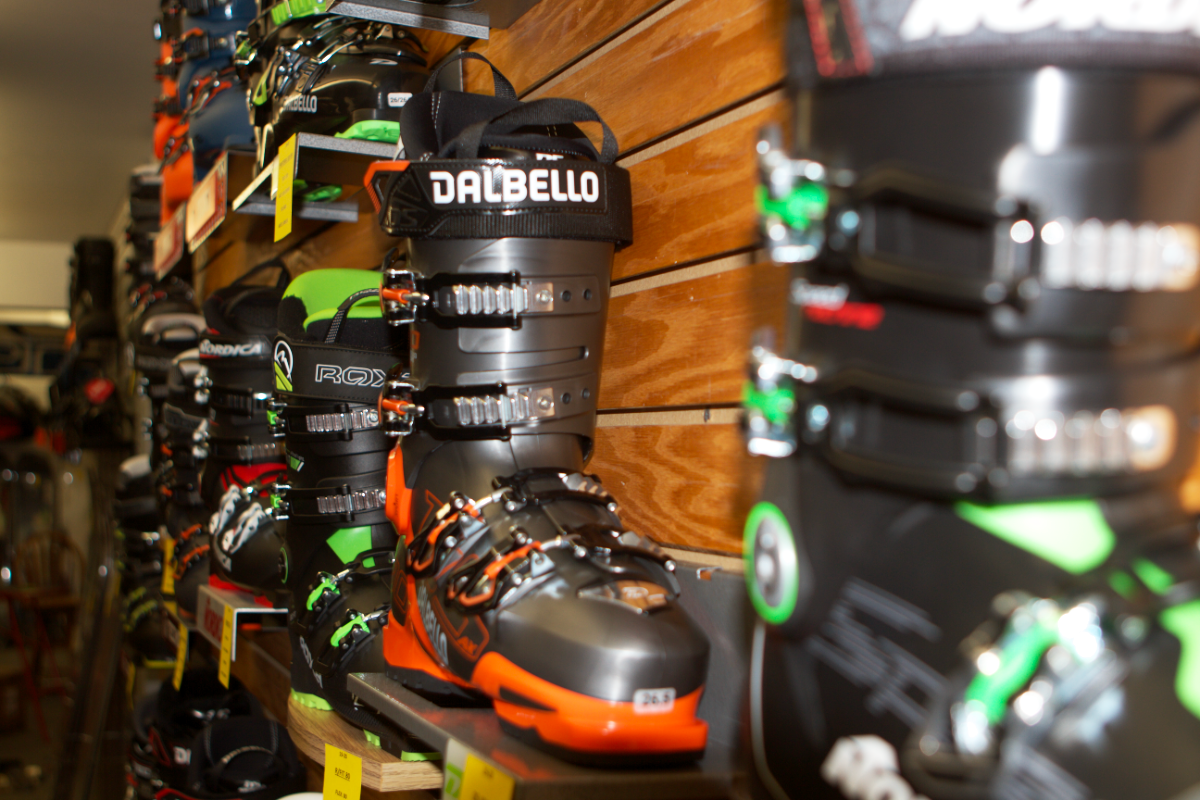
It’s July. The day is hot. So hot that even the act of getting out of bed in the cool of morning makes you break out in a sweat. And worse yet, the air is so water-filled with humidity that you really think you should have gills instead of lungs.
To seek any form of refuge, you go down into the basement where you know it will be at least a few degrees cooler. As you step down the stairs you notice an odor. A dead mouse?
At the bottom of the stairs the odor is stronger. Bigger. More malodorous. Hmmm, maybe a deceased rat?
You head towards the closet on the far side of the room. Each step of your approach finds the disgusting reek getting stronger and stronger. You realize it can’t be a rodent. It’s something far worse.
You get to the closet door where the stench is nearly overpowering. You grasp the handle wondering if this is the doorway to the River Styx and if the Highwayman awaits to take you across.
Terrified, but determined, you throw the door open. There, in the dark corner of the basement closet is the source of the most imaginably horrible smell you have yet to smell.
It’s the family collection of ski and snowboard boots tossed aside at the end of the winter season.
You slam the door and race up the steps to fresh air. The heat and humidity hit you like a sock filled with sand. You hop in the car to go purchase an air conditioning unit so you needn’t go down in the basement again. You make a mental note to not volunteer to gather the gear for the first ski and ride trip of the season.
A Better Way
While the above may be a bit imaginative, it is close to reality in many cases. I work in a ski shop. I know the truth because it cannot be easily hidden. But it can be easily prevented.
And there is no better time to stop the Highwayman from taking up residence in your basement. The end of the season is near, and for many, already here. Before tossing those boots into the basement closet, reconsider. Avoiding the scenario above is not as difficult as you might imagine. In fact, it’s easy. Here’s how.
Step 1
Go get your ski or snowboard boots. Hold your breath if you have to, and take the boots outside if need be. Now the gross part…..stick your hand in the boot, pull out the liner, pull the footbed out of the liner, and place both downwind. Take a deep breath, grab the other boot and repeat the process. You survived the worst of it.
Step 2
Get a 5-gallon bucket and add a couple of drops of a mild, anti-bacterial dish soap. Yes, the liners are gross but a few drops of soap will do the job. Fill the bucket about two-thirds full with cool/cold water. Insert the liner into the soapy water, being sure to immerse the liner entirely. Get your hand back inside the liner and gently agitate the soapy water inside the liner for 30-seconds or so. Remove the liner, empty out the water and put aside. Grab the other liner and repeat. Gently wash the footbeds when done with the liners.
DO NOT use bleach. It will destroy those liners faster than you can say “OMG” the long way. Then again, if you really want a new pair of boots…
Step 3
Fill the bucket back up, but this time with no soap, just cool/cold water. Or take the liners to the bath tub. In either case, rinse the liners very, very well. There should be no soapy residue or soap bubbles after rinsing. Then rinse the footbeds.
Step 4
Take those nice clean boot liners and footbeds, and put them somewhere in the open where it is dry and where they receive lots of air circulation. If the day is nice put them outside. But take them in before the dew settles in the evening. Leave the liners in that dry, air circulating space for 2 to 3 days to ensure they are absolutely dry.
Step 5
Get a shoe deodorizing spray. There are a ton of them out there to choose from, but you may want to focus on organic/all-natural sprays. It is possible that a chemical-based spray could lead to a break down of the liner foam, so going organic/all-natural will be safer. Give the liners a spray, let them air dry for a day and you are almost done.
Step 6
Take your nice, clean, non-stinking boot liners and slide the footbeds in. Then insert the liners back into the boots. If ski boots, lightly clamp all the buckles. If snowboard boots, lightly tie/BOA tighten the laces. Why? Because this will help the boots, whether ski or snowboard, hold their shape. This will ensure that they fit the way they are supposed to next season. This is especially true of newer boots constructed of lighter, thinner materials that may take on odd shapes if left unattended.
The final act of your boot maintenance project should be to store them in a dry spot. Don’t toss them back in that damp, nasty basement closet. And don’t go to the opposite end of the spectrum and toss them in the attic. The extreme temperatures may destroy the integrity of the plastics.
Keep your ski or snowboard boots someplace where humidity can be kept in check, and where air circulates on occasion. You will be much happier this coming winter when the snow falls and you start prepping for that first trip up north. Your companions will be much happier too; they won’t need to try to hide their gag reflexes when you pull out your boots!
And best of all, you won’t have to risk meeting the Highwayman in that basement closet ever again.
